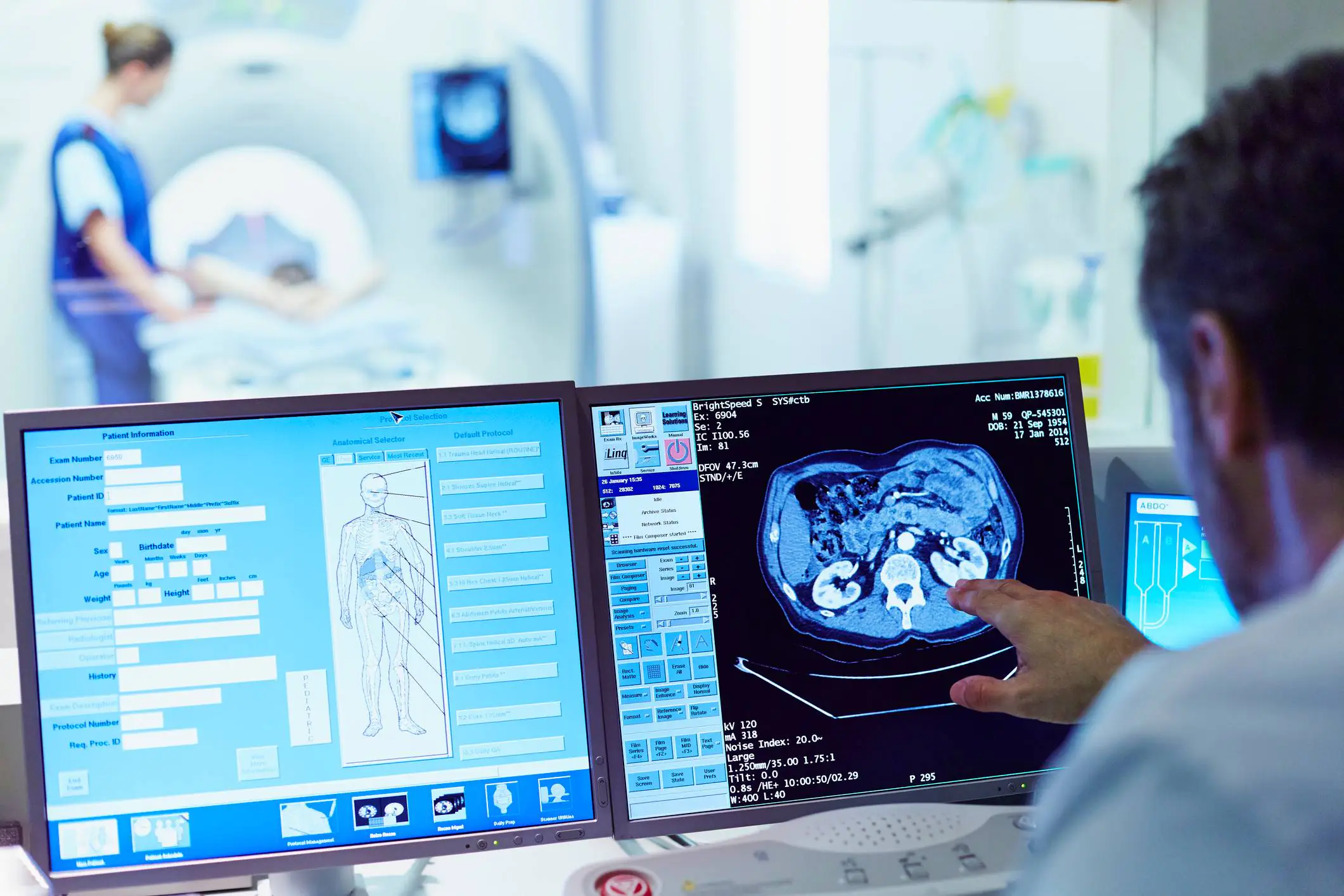In the rapidly evolving global healthcare landscape, the challenge of medical device reimbursement has become a pivotal issue for manufacturers, investors, and healthcare providers alike. As innovation accelerates, the pressure to secure reimbursement pathways that align with both market dynamics and patient needs intensifies. Yet, navigating this complex terrain requires more than just understanding policy – it demands a strategic approach that combines regulatory foresight, data-driven value propositions, and collaboration with stakeholders across the healthcare ecosystem. In this article, we explore the key challenges faced by medical device companies and offer actionable insights to help them overcome barriers to reimbursement success.
Important Components of Medical Device Reimbursement
Medical device reimbursement involves several key components that facilitate the payment process for healthcare providers using medical devices. Understanding these components is crucial for manufacturers and healthcare providers to navigate the reimbursement landscape effectively.
1. Coverage Determination
Coverage refers to whether a payer (such as Medicare or private insurers) will reimburse for a specific medical device. This decision is influenced by:
- FDA Approval: The device must be approved or cleared by the FDA, demonstrating its safety and efficacy.
- Clinical Evidence: Sufficient evidence must be provided to show that the device is effective compared to existing technologies.
- Payer-Specific Criteria: Different payers have unique criteria for determining whether a device is considered reasonable and necessary for patient care.
2. Coding
Medical coding involves assigning standardized codes to medical devices and associated procedures. Key coding systems include:
- CPT Codes: Used for outpatient services and procedures.
- ICD Codes: Used to classify diagnoses and inpatient procedures.
- HCPCS Codes: Specifically for billing Medicare and Medicaid.
Accurate coding is essential for ensuring that claims are processed correctly and reimbursements are received.
3. Payment Mechanisms
Payment mechanisms dictate how much providers will be reimbursed for the use of medical devices. These can include:
- Prospective Payment Systems: Devices may be bundled into payments for overall episodes of care, such as inpatient stays governed by Diagnosis Related Groups (DRGs) or outpatient services under the Outpatient Prospective Payment System (OPPS).
- Negotiated Payments: Manufacturers often negotiate payment rates with payers, reflecting fair market value based on the device’s clinical benefits and market demand.
4. Claims Submission
Once coding and coverage are established, claims must be submitted to the appropriate payers. This process includes ensuring all necessary documentation is attached and following payer-specific guidelines to minimize claim denials.
5. Appeals Process
If a claim is denied, providers can appeal the decision. This involves reviewing denial reasons, gathering additional evidence if needed, and resubmitting the claim with justifications for reimbursement.
6. Compliance with Regulations
Reimbursement processes must adhere to various regulations set by government bodies and insurance companies. Compliance ensures that providers follow legal guidelines regarding billing practices, coding accuracy, and documentation standards to avoid penalties or fraud allegations.
Medical Device Reimbursement Challenges
The landscape of medical device reimbursement presents a myriad of challenges that significantly impact innovation and access to advanced technologies. As healthcare systems worldwide strive to balance cost containment with the need for effective medical solutions, manufacturers face hurdles such as misaligned reimbursement rates, limited government spending, and complex processes. Understanding these challenges is crucial for stakeholders aiming to navigate the evolving reimbursement environment and foster the development of cutting-edge medical devices that can improve patient outcomes.
Misalignment of Reimbursement Rates:
Fixed formulas ignore unique technology value, discouraging investment in innovation.
Limited Government Spending:
Aging populations lead to budget cuts, restricting healthcare spending and innovation.
Opaque Reimbursement Processes:
Complexity and lack of transparency result in lengthy and uncertain reimbursement decisions.
Difficulty in Demonstrating Medical Necessity:
Extensive clinical evidence is often required, increasing costs and time for manufacturers.
Variability in Reimbursement Criteria:
Different regional requirements complicate strategies and resource allocation for manufacturers.
Misalignment of Reimbursement Rates and Technology Value
The landscape of medical device reimbursement presents a myriad of challenges that significantly impact innovation and access to advanced technologies. As healthcare systems worldwide strive to balance cost containment with the need for effective medical solutions, manufacturers face hurdles such as misaligned reimbursement rates, limited government spending, and complex processes. Understanding these challenges is crucial for stakeholders aiming to navigate the evolving reimbursement environment and foster the development of cutting-edge medical devices that can improve patient outcomes.
Misalignment of Reimbursement Rates:
Fixed formulas ignore unique technology value, discouraging investment in innovation.
Limited Government Spending:
Aging populations lead to budget cuts, restricting healthcare spending and innovation.
Opaque Reimbursement Processes:
Complexity and lack of transparency result in lengthy and uncertain reimbursement decisions.
Difficulty in Demonstrating Medical Necessity:
Extensive clinical evidence is often required, increasing costs and time for manufacturers.
Variability in Reimbursement Criteria:
Different regional requirements complicate strategies and resource allocation for manufacturers.
Misalignment of Reimbursement Rates and Technology Value
There are many countries where rates of reimbursement are based on standing formulas that are applied to procedures or types of devices and not on the technology or features of the individual manufacturer. This prevents companies from investing in advanced technologies that can help in reducing costs in the long run and improve the outcome.
Limited Government Spending on Reimbursement
With the expansion of the aging population in countries like the U.S.A, Japan, China, and the E.U, governments across the globe keep looking for ways to cut down their spending. This prevents their overall healthcare spending. This, in turn, is a setback for manufacturers who are looking to invest in manufacturing advanced medical devices.
Opaque Reimbursement Processes
The medical device reimbursement process is probably one of the most complex and opaque processes that stop innovations in medical devices. There are many stakeholders involved in the process in many countries who interact with manufacturing companies. Many times, reimbursement decisions can be uncertain, lengthy, and opaque. This is one of the significant challenges that manufacturers face in many countries.
Difficulty in Demonstrating Medical Necessity
Medical device manufacturers face challenges in proving the medical necessity and effectiveness of their products to secure reimbursement. This often requires extensive clinical studies and trials, which can be time-consuming and costly, further complicating the reimbursement landscape.
Variability in Reimbursement Criteria
Different countries and regions have distinct reimbursement criteria and requirements, leading to variability in how medical devices are reimbursed. Manufacturers must navigate these differences and tailor their strategies accordingly, which can be resource-intensive and complex.
Strategies for Overcoming Challenges in Medical Device Reimbursement
Navigating the complexities of medical device reimbursement requires proactive strategies to address the challenges manufacturers face. By implementing targeted approaches, companies can enhance their chances of securing reimbursement and fostering innovation in the healthcare sector.
-
Develop Comprehensive Reimbursement Strategies:
Create detailed reimbursement plans early in product development, including understanding the landscape and preparing for coding and coverage applications.
-
Enhance Evidence Generation:
Invest in robust clinical and economic evidence to demonstrate the value of devices, helping to persuade payers of their effectiveness and cost-saving potential.
-
Engage Stakeholders Early:
Collaborate with healthcare providers, insurers, and regulatory bodies from the outset to align product features with payer requirements and streamline the reimbursement process.
-
Leverage Market Intelligence:
Utilize market intelligence services for insights into current reimbursement policies and trends, allowing for informed decision-making and identification of opportunities.
-
Advocate for Policy Changes:
Participate in advocacy efforts to influence healthcare policies and reimbursement frameworks, collaborating with industry associations and engaging in discussions with policymakers.
Conclusion
Key medical device reimbursement challenges manufacturers face globally stem from varying regulatory requirements, inconsistent reimbursement rates, and fragmented payor systems. Navigating these differences while securing coverage for innovative devices can delay market entry and limit global access. The process of obtaining appropriate CPT codes and demonstrating value through real-world data is often lengthy and complex. Manufacturers must develop a robust reimbursement strategy, engage early with healthcare providers, and ensure compliance with both local and international regulations to overcome these obstacles and achieve sustainable market penetration.



